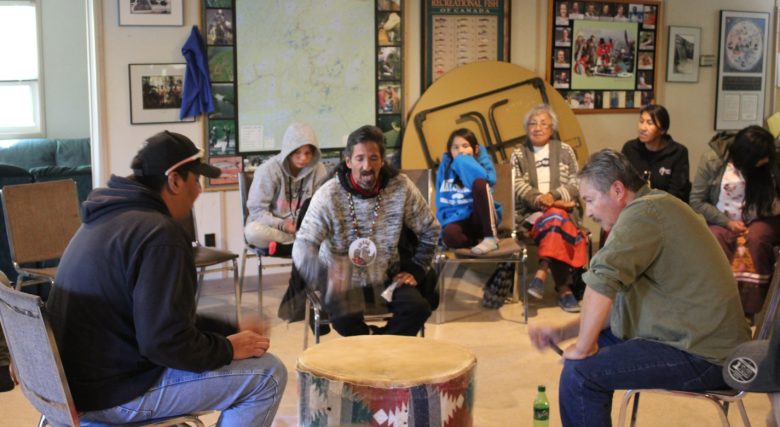Indigenous Relations
We are proud to be working alongside and engaging with our Indigenous neighbours.
Our Work
Land acknowledgement: IISD Experimental Lakes Area is located on the traditional land of the Anishinaabe Nations in Treaty #3 territory and the homeland of the Métis Nation.

For almost a decade, the world’s freshwater laboratory has been building relationships with local First Nations communities and working to understand their concerns and needs. Our activities with our neighbours in Treaty 3 communities involve collaboration and communication in areas of common interest, including the environmental impacts of resource development, education, youth engagement and traditional ecological knowledge.
But what does that look like?
When it comes to community engagement, for example, for the last few years we have been working with Sagkeeng First Nation to explore different approaches and solutions to health and environmental issues. This involves discussions and explorations of the interconnectedness between the wellbeing of the community and the land and water with multiple community members. This community engagement includes an annual community fall feast, where Treaty 3 members and IISD-ELA scientists explore the current state of the environment, and where we go from here.
Regarding Indigenous knowledge, we are exploring how Western and Indigenous approaches to science can and should be working in tandem to further our understanding and protection of fresh water and the environment overall. This ranges from the development of our research projects themselves, to inclusion of Indigenous knowledge in our educational programming.
And in communications materials too. Just take a look at this video we developed, translated into Ojibwe, which explains the impact of mercury in freshwater fish on humans, and what we can do to mitigate these impacts.